ABOUT EARTH SKILLS
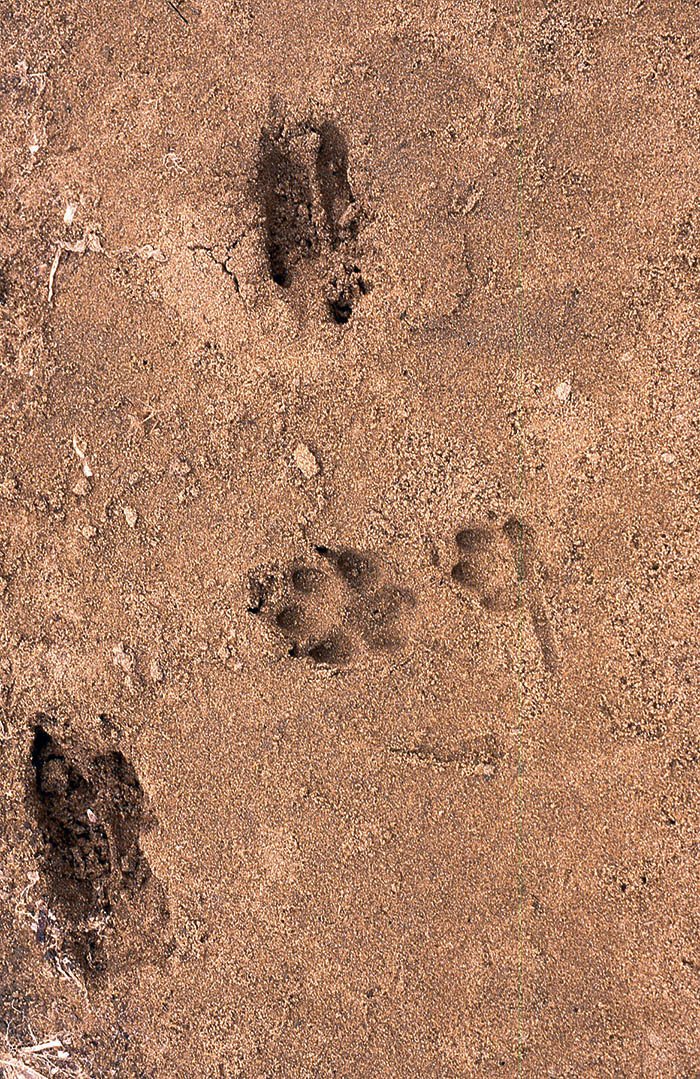
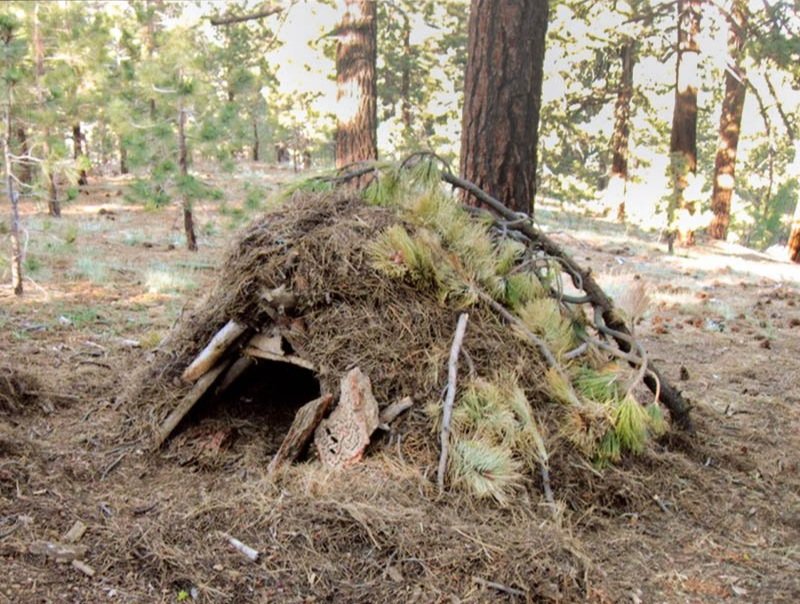

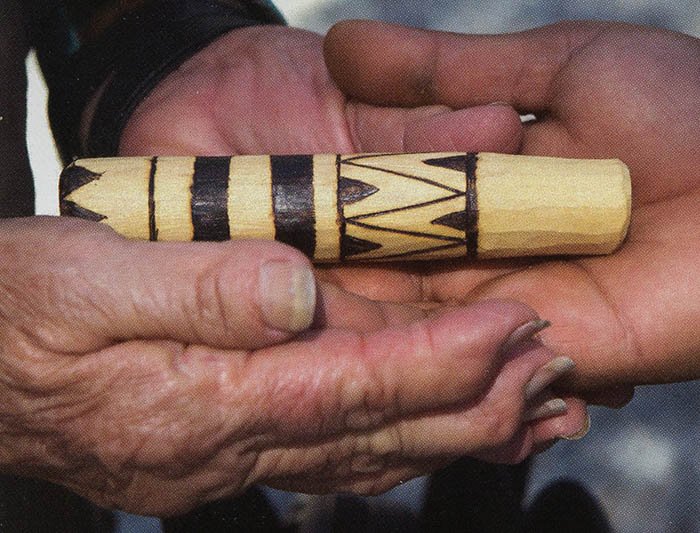
LEARNING EARTH SKILLS
Jim Lowery and Mary Brooks began their journey into teaching the skills of nature immersion and connection in 1987, indebted to Tom Brown, Jr. for introducing an approach that was focused, passionate and respectful, with roots in native people’s close connection to the earth. From there, they continued learning from many teachers and through countless field adventures to refine and build their teaching, every class providing insights and new ideas about how people learn and grow most efficiently and powerfully.

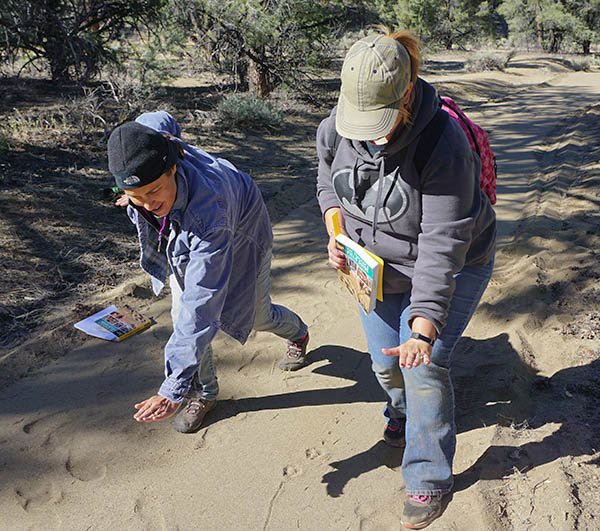
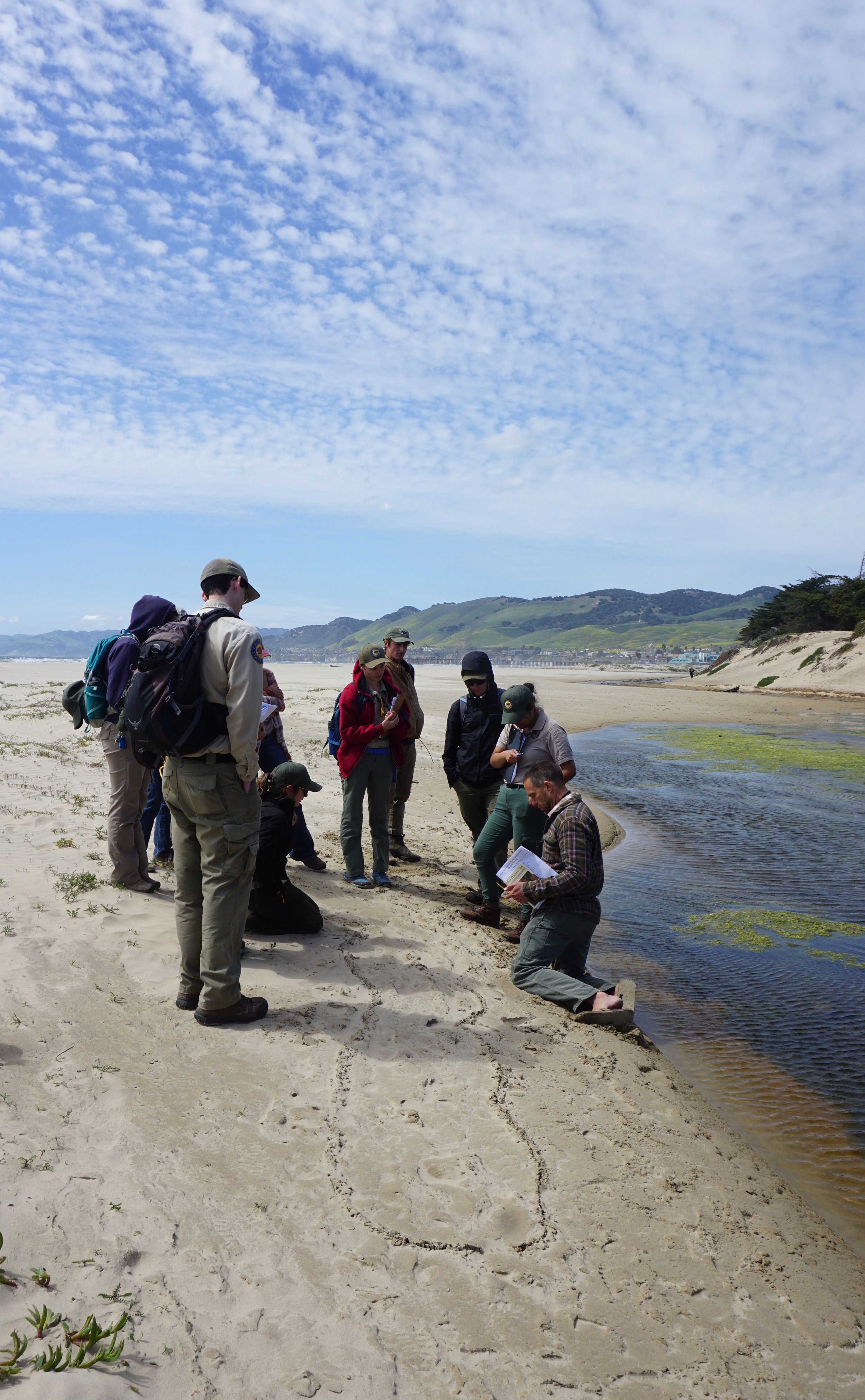

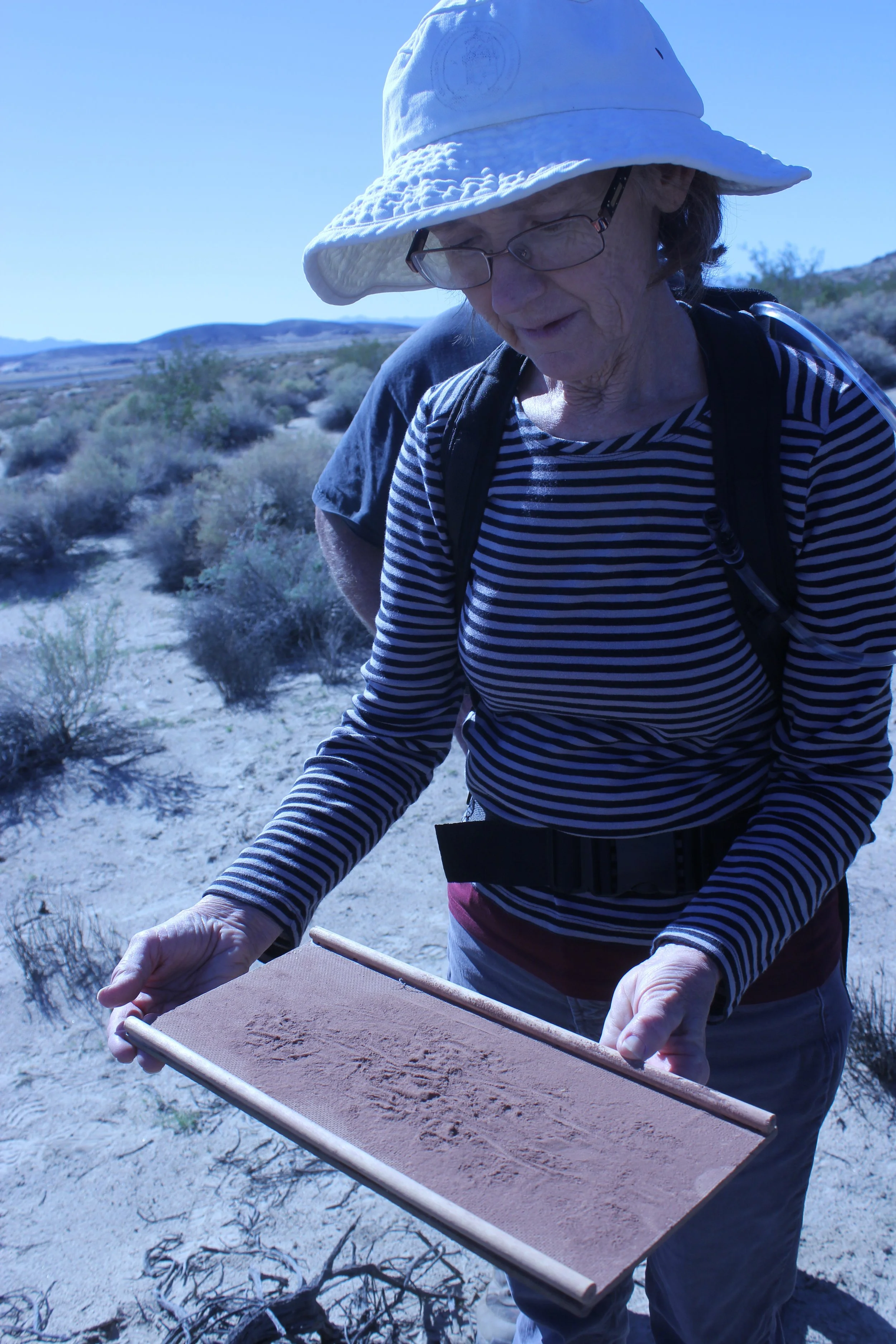
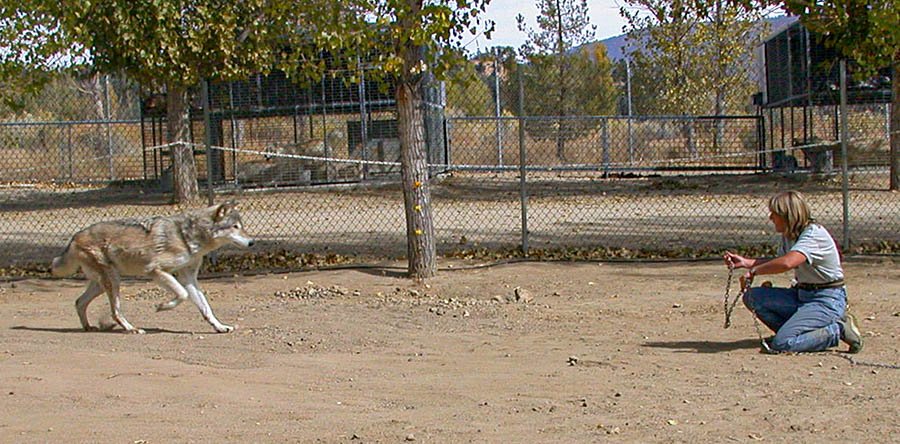
TRACKING
From the late 80’s Jim and Mary expanded a then-small tracking audience through many classes and public lectures, clinics for nature center staff, programs for children’s groups and schools, classes for universities and museums, and trainings for field biologists. Within their Earth Skills classes, they constantly deepened their curriculum to include animal movement workshops using captive wild animals; multi-day backpacking trips to track bears and cougars; human tracking clinics; weekend workshops studying the biology of specific species such as badgers or bighorn sheep; stalking and camouflage workshops; and gait and track interpretation clinics. From these emerged numerous workbooks, articles, monographs and videos. In 2006, based on twenty years’ of field tracking notes and extensive research of mammal biology, Jim wrote The Tracker’s Field Guide, now in its third edition.
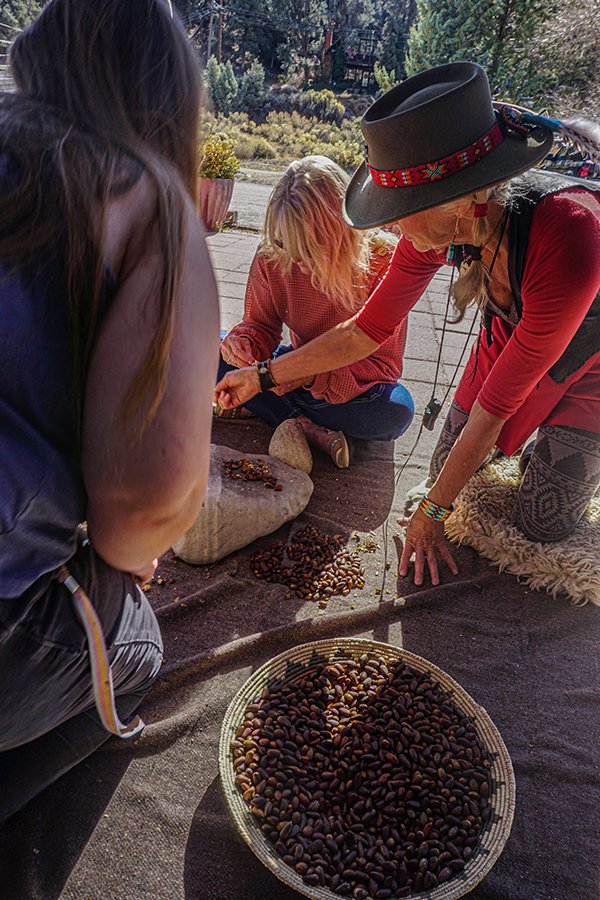
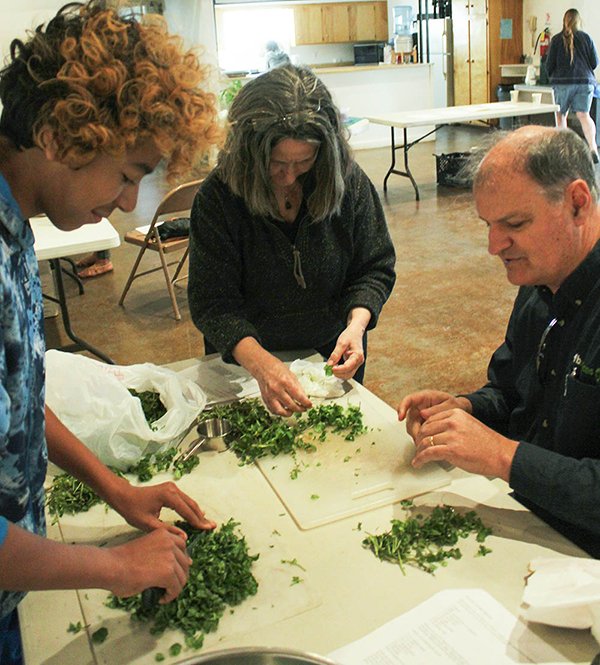
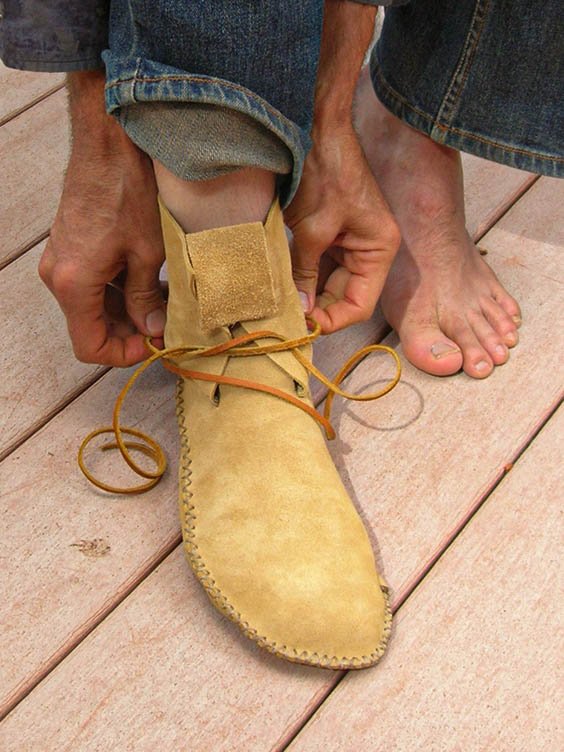
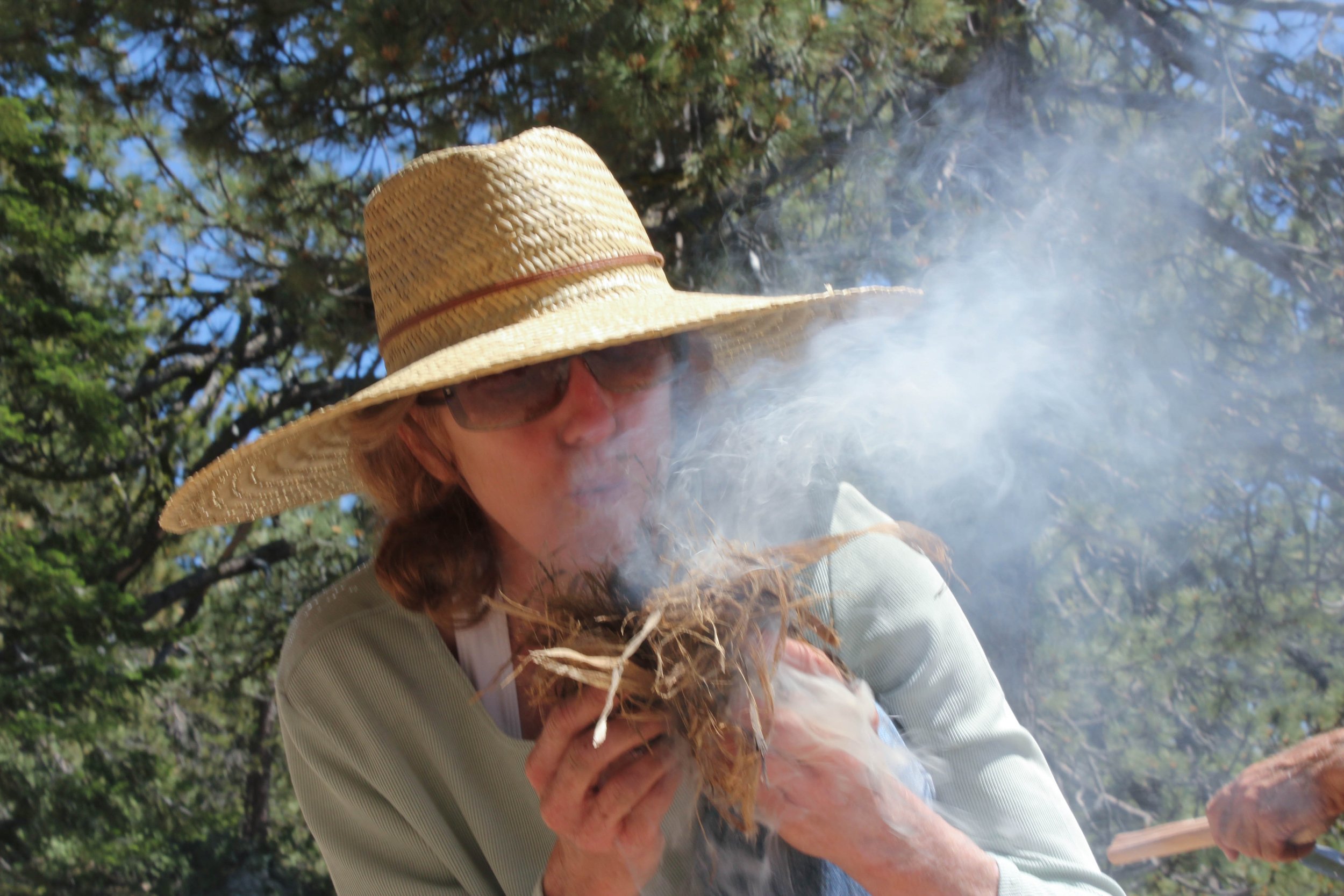
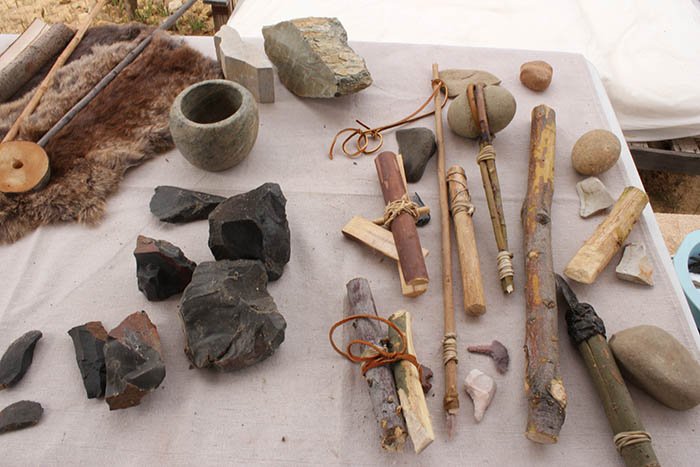
WILDERNESS SKILLS & PLANT USES
A very immediate connection to nature grows from mastering wilderness skills such as shelters, firemaking and stone tools, and learning the uses of local native plants—activities than can be brought into modern life for enrichment and grounding. From Earth Skills classes we have built a collection of techniques and knowledge accessible in many articles and other downloads, as well as in workshops we continue to offer. There are wild edible plant recipes and tips about improving your firemaking skills; instructions on making moccasins, straightening arrows, weaving baskets and smoking salmon. These not only reinvigorate our human skills of working with the hands, but also recapture community as people can work together on projects in a natural space.

FOLLOWING THE BEAR'S TRAIL
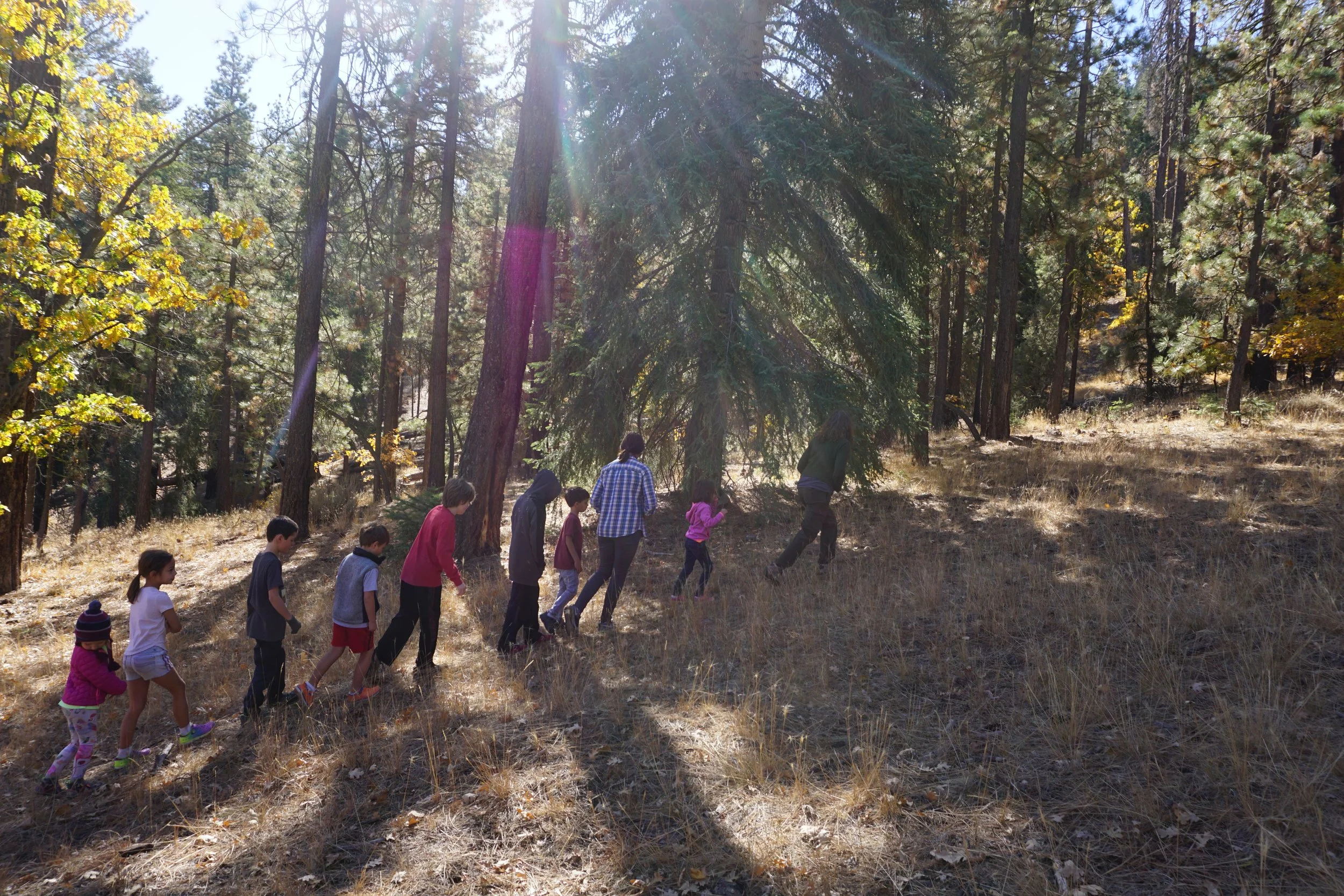
FOX WALKING
DEEPEN YOUR NATURE CONNECTION
When you lose the trail, or are called to broaden and deepen the nature skills you practice, turn to the wisdom of the elders, the people who lived on the land intimately, with awareness and respect—ultimately the ancestors of all of us. The ability to trail an animal intuitively or talk to the “plant people,” for example, were legends and stories certainly, but are also innate skills that can be learned and practiced confidently in the modern world: reach back to move forward, as it were. That this is possible for every student is a realization that’s emerged from our experience teaching these classes over 25 years. Most recently we spent five years ourselves learning, and then discovering how to teach, “walking with the animal,” an approach that includes but moves far beyond technical tracking. Since 1990 we’ve also taught four levels of “earth philosophy,” a complex set of powerful skills taught by Tom Brown, Jr. passed on unaltered from his Lipan Apache mentor. And we’ve hosted more than 27 solo spiritual quests since 1996, aimed at personal growth and balance.
In all, the ancestral relationship to nature that required openness, flexibility, humility, passion, commitment and community we believe to be a modern survival skill, and in this site are found many learning opportunities.
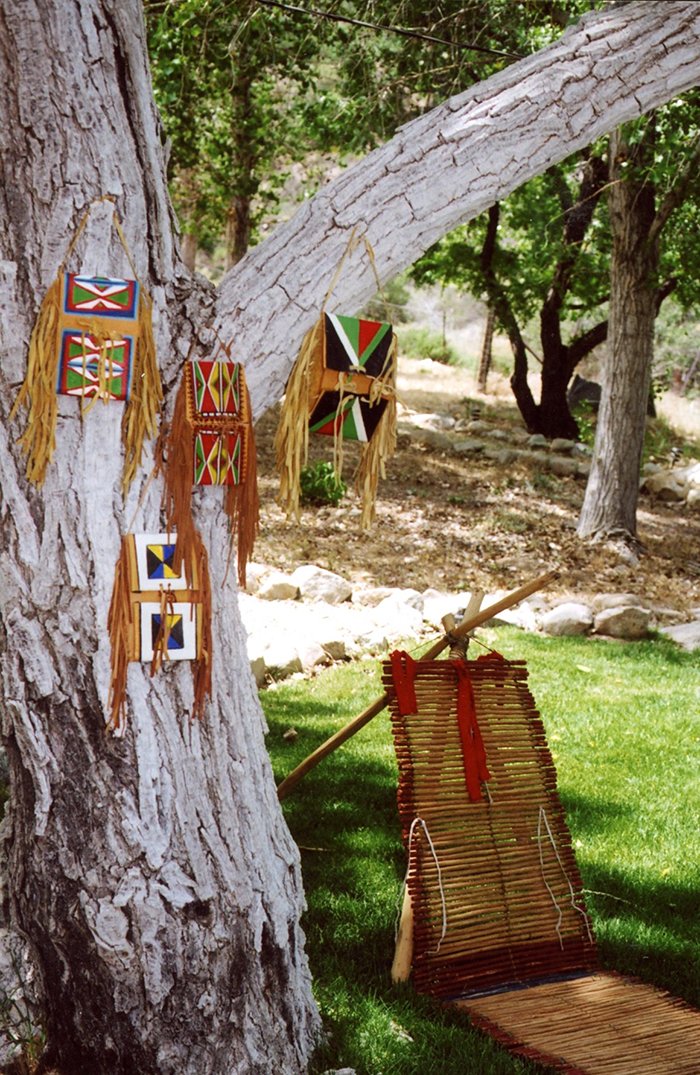
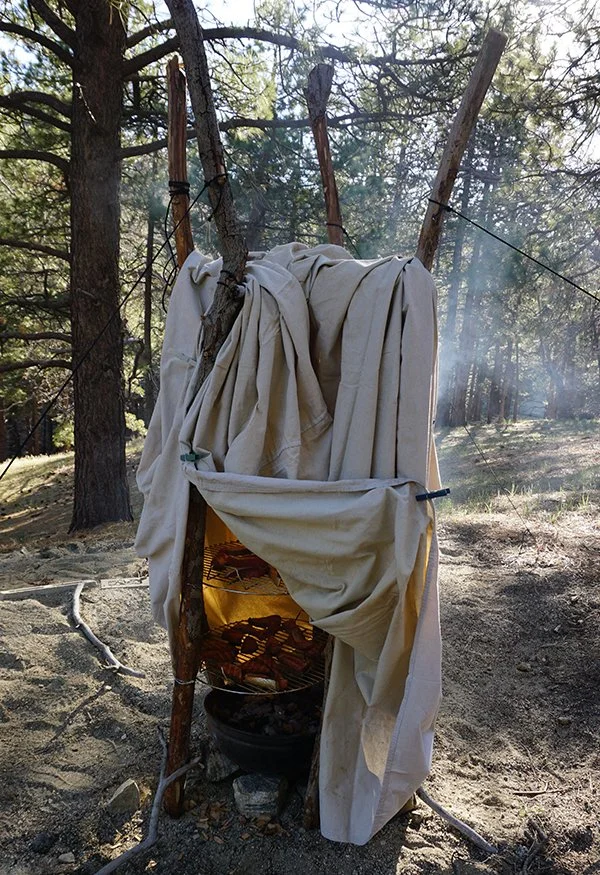

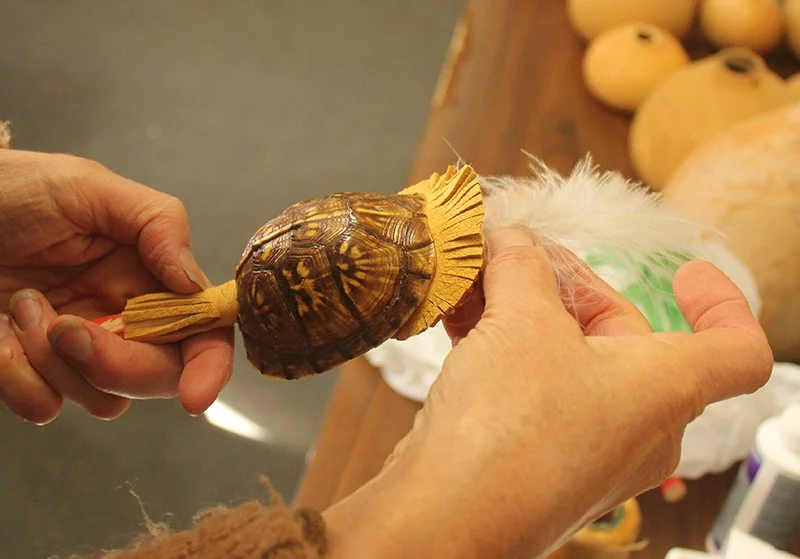
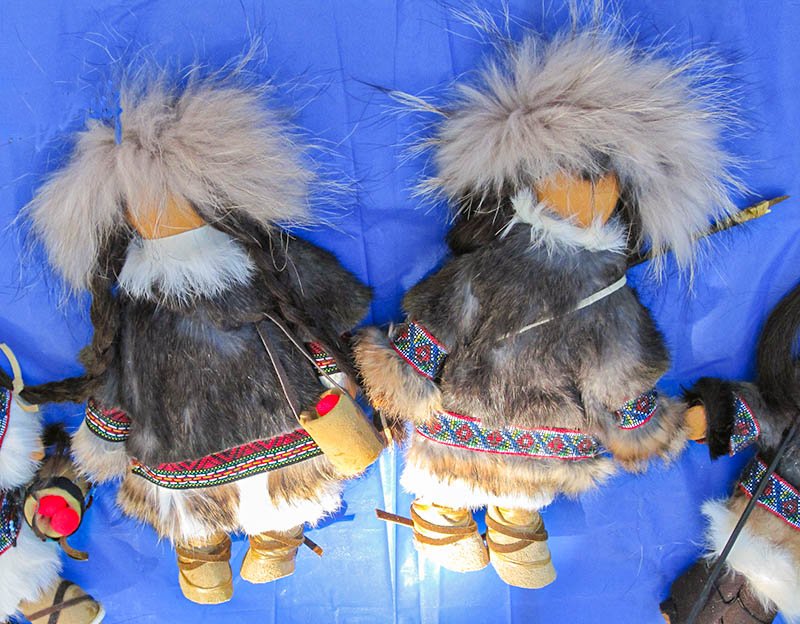

INDIGENOUS WISDOM
Cultural traditions—songs, stories, food, ceremonies and crafts—shared by our First Nation colleagues in Earth Skills’ classes—have enriched many of our students and we are honored to share those with others via downloads of articles. These stem from all over North America, but we also offer links to stories and techniques globally, for example about Polynesian navigation and Australian aboriginal tracking. When we can, we will continue to offer workshops.
